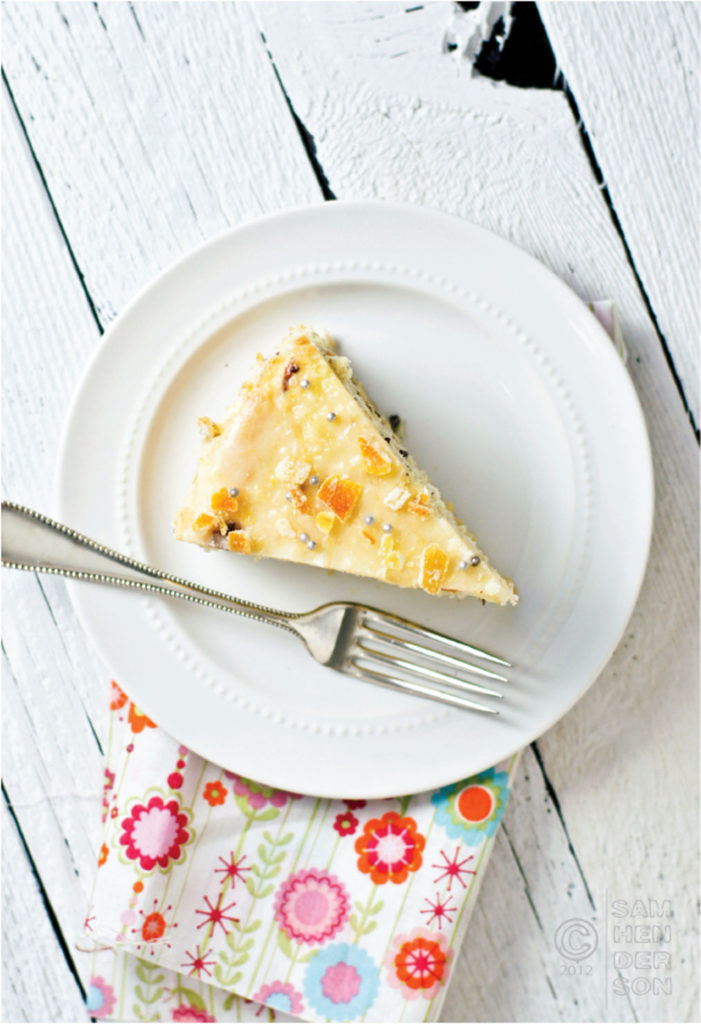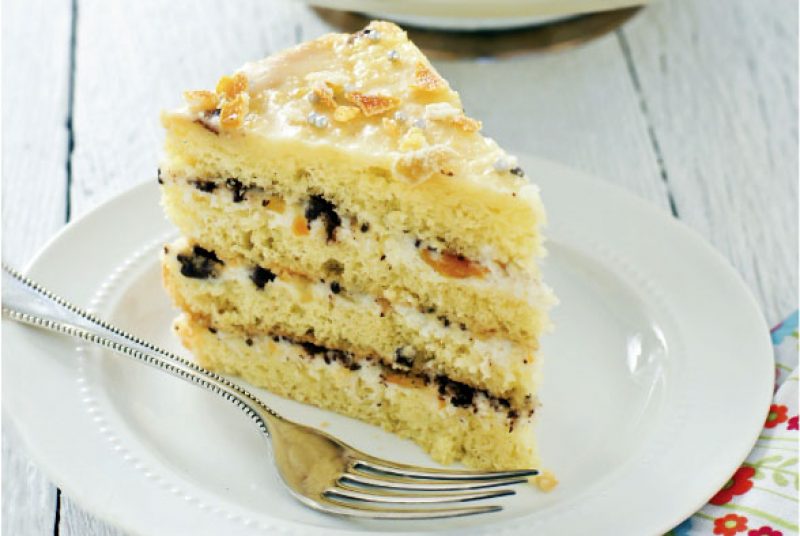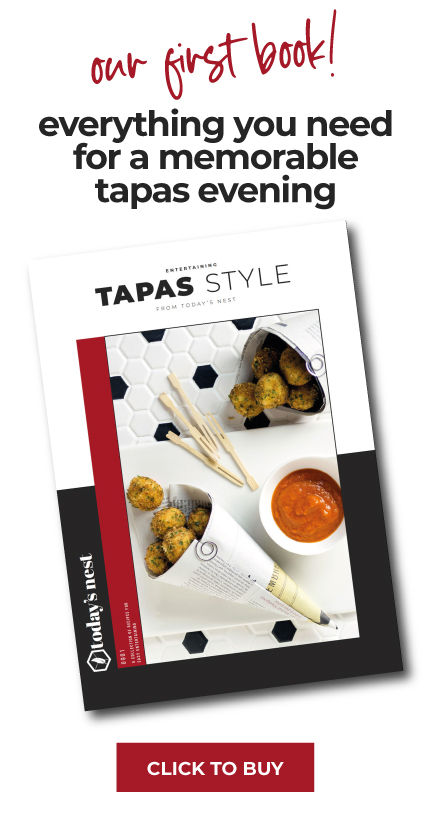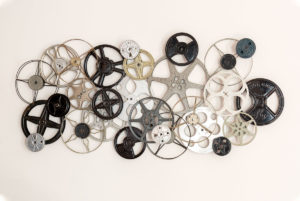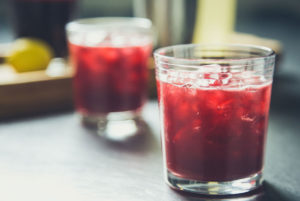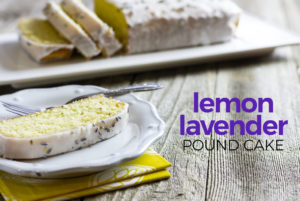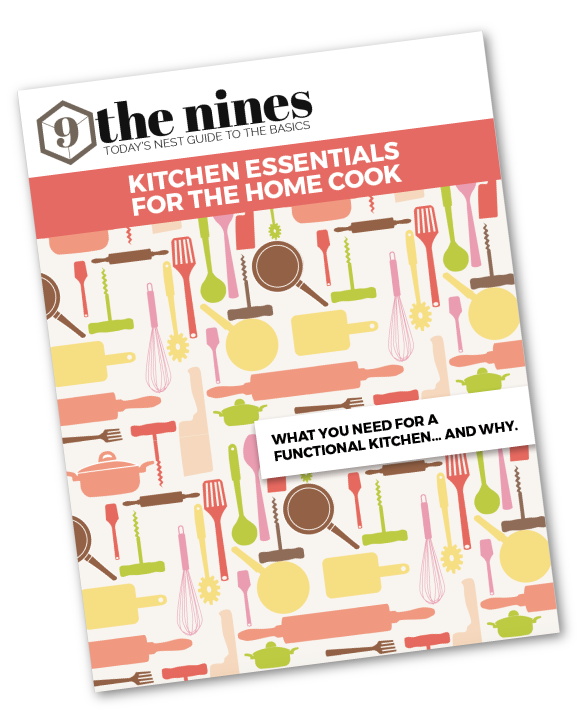My fondest Easter memory occurred many years ago as a student in Italy. It was my good fortune to be invited to a traditional Easter dinner by the proprietor of a local campground. This was a campground unlike any I had experienced in America and at the heart of it was a massive covered patio punctuated on either end by large brick grills/ovens. Dinner was prepared here nightly for anyone who wished to attend.
The camp was closed for Easter, but a dozen or so of us were treated to a dinner that I will never forget. This was a seven-course meal in the fanciest of terms, but the setting was quaint and a bit rustic. I remember being amazed at how the food just kept coming. I wondered where they were storing it all. There was soup, and headcheese, and pasta (of course)… octopus salad, and fish for the main course. And then it happened… dessert.
Dessert speaks to me as you may know. This one was singing. Although I had been in Italy for over a year, this was the first time I had eaten a cassata. This very traditional cake is made with many variations, but the basic premise remains the same… sponge cake and sweetened ricotta. Often times the sponge cake is moistened with a bit of rum/sugar syrup and the additions to the filling and toppings range from pistachios to whole dried fruit. This easter version includes some chocolate… naturally.
Happy Easter!
EASTER CASSATA
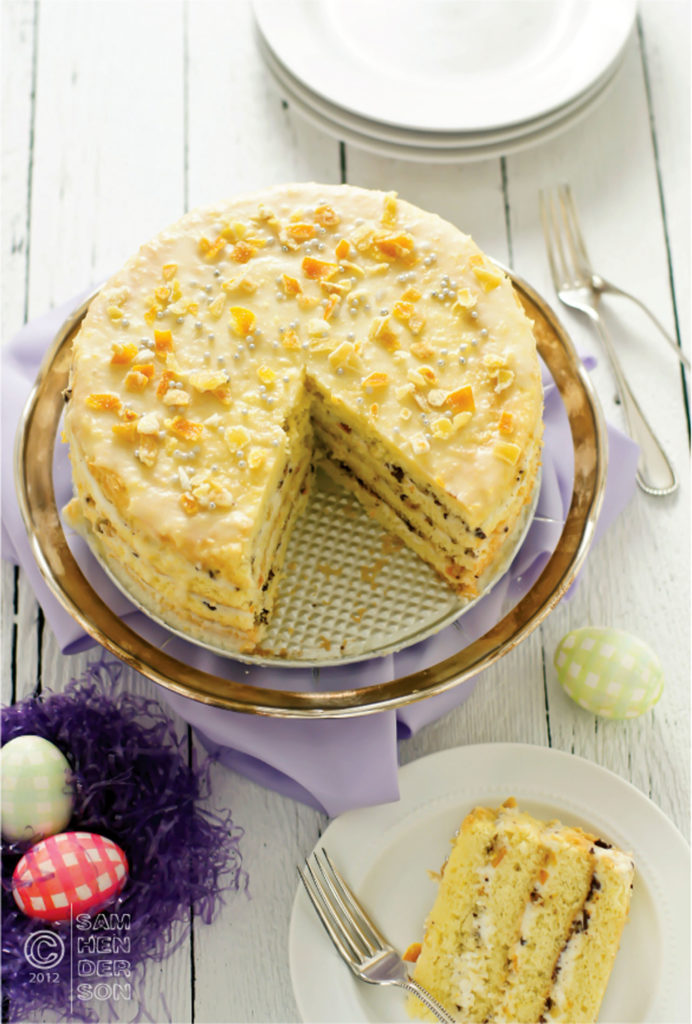
Before you start:
One very consistent theme throughout most Italian desserts (and most food, for that matter) is simplicity. The ingredients are simple and often fresh. The preparation method is typically simple, as well.
We made sure to keep with tradition and add a little rum syrup to the cakes before we assembled, but that is completely optional.
Part of the magic of a good cassata happens when you let it rest for the recommended time. The resting and melding of flavors really pays off.
The sponge cake is a basic pan di spagna. There is no butter or oil in the batter. The air beaten into the eggs provides most of the lift although we have added a bit of baking powder for insurance.
Folding gently is very important here to avoid losing all the air you built up in the batter.
Watch the cake closely toward the end as your cooking time may vary based on how quickly your oven cools from 380˚ to 350˚.
For even layers cut the cake with a serrated knife and only cut in a few inches at a time and then rotate slightly and cut again. Continue in this manner all the way around the cake and then repeat (if necessary) going a little closer to the center.
You can make this with a 9-inch cake pan. You just need your springform pan to be the same size as your cake pans.
It may appear complicated, but it is not. You can make the cakes and the filling the night before, assemble in the morning, and it will be set (and perfect) for dinner.
The ingredients:
For the cake:
- 1 ¾ cups flour / 240g
- Pinch salt
- 1 teaspoon baking powder
- 1 1/3 cups sugar / 240g
- 8 eggs
- 1 teaspoon vanilla
- Zest of one orange
For the filling:
- 2 lbs ricotta
- 1 ½ cups sugar
- ½ teaspoon cinnamon
- ½ cup candied citrus peel, finely chopped
- ½ cup semi-sweet chocolate, shaved or finely chopped
For the glaze:
- 2 cups confectioners’ sugar
- 2 tablespoons butter
- 1½ tablespoons lemon juice
- 1½ tablespoons orange juice
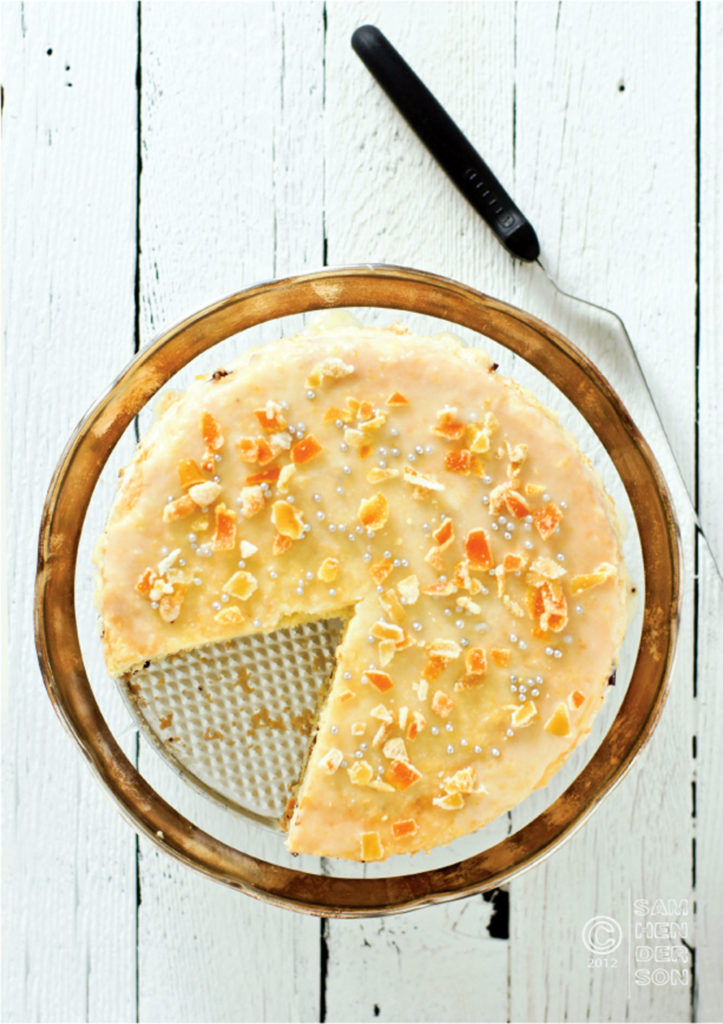
The method:
For the cake:
- Preheat oven to 380°F.
- Coat two 10 inch cake pans with butter and flour. Set aside.
- Separate eggs. In one bowl add sugar, zest, and vanilla to the yolks. Beat on medium until light and fluffy. They should be very light in color.
- In the other bowl beat egg whites to very stiff peaks. Add the pinch of salt near the end.
- Gently fold the egg whites into the egg yolk mixture.
- Sift the flour and baking powder together. Gently fold into the moist ingredients in 4 separate additions.
- Divide the batter into the two prepared pans and smooth out the tops with your rubber spatula.
- Place in the oven and immediately reduce heat to 350°F. Bake for 25-30 minutes or until the top is lightly golden brown and cake passes the clean toothpick test.
- Cool cakes for 5 minutes on a wire rack and then invert them to cool completely before continuing with preparation.
For the filling:
- Mix ricotta, sugar, and cinnamon in a medium bowl until smooth and creamy (5-7 min).
- Store in the refrigerator overnight.
For the glaze:
- Add all ingredients to a heat safe bowl and heat with double boiler method.
- Stir ingredients as butter melts until glaze is smooth and all sugar is dissolved.
- Remove from heat and allow to cool slightly before pouring over top of cake.
The assembly:
- Cut cooled cakes in half horizontally.
- Place one cake round in the bottom of a springform pan of equal diameter.
- Spread 1/3 of the ricotta mixture on top. Sprinkle with citrus peel and chocolate.
- Repeat the cake, ricotta, citrus and chocolate layers two more times.
- Top the cake with the final layer. This should be the bottom of one of the cakes facing up.
- Wrap the cake in plastic wrap and place a book or two on top. Place in the refrigerator for 8 hours or overnight before serving.
- Remove from refrigerator and release the cake from the mold.
- Pour the warm glaze right in the center of the top of the cake. Move it to the edge with an offset spatula allowing just a bit to go over the sides.
